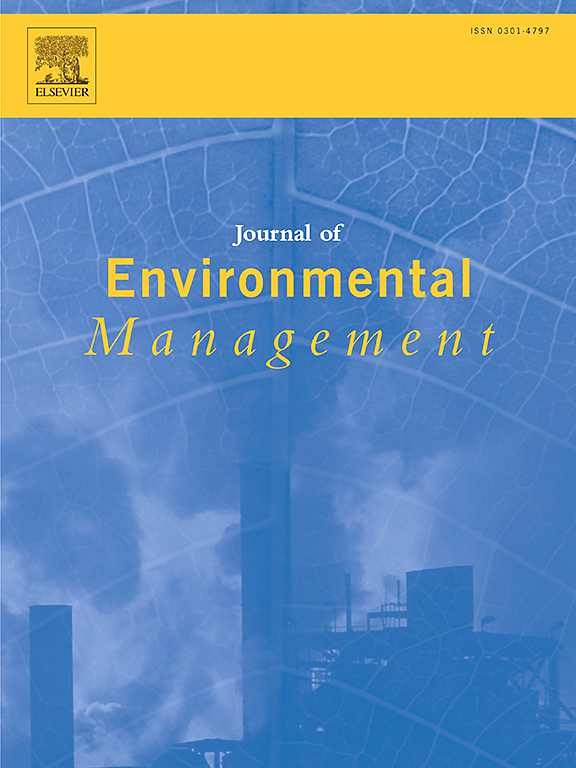Cytometric and microscopic analysis of cell death induced by diesel engine emissions using BAT-CELL method exposure
IF 8.4
2区 环境科学与生态学
Q1 ENVIRONMENTAL SCIENCES
引用次数: 0
Abstract
Despite the growing popularity of electromobility and the restrictive emission standards, gases emitted from combustion engines still pose a serious threat to public health and the environment. Current regulations, such as the Euro standards, focus on limiting quantitative emissions of exhaust gas mixtures but do not reflect their actual toxicity. The aim of this study was to evaluate the cytotoxicity of diesel exhaust gases emitted by two vehicles meeting Euro 3 and Euro 6 standards using L929 mouse fibroblast cells. The evaluation used the BAT-CELL method, flow cytometry and scanning electron microscopy (SEM). Cells were directly exposed to exhaust gases emitted during various engine operating conditions. Then, the cell viability, apoptosis, cell cycle and external morphological changes were assessed. Cytometry results showed that exhaust gases emitted at idle had the greatest negative impact on cells that underwent apoptosis. Emissions recorded at higher driving speeds showed less toxicity, and in the case of the Euro 6 vehicle, it was observed that the emissions promoted cell proliferation. Scanning electron microscopy confirmed morphological changes that may indicate cell necrosis. Research suggests that modern emission standards, despite limiting the quantity of pollutants, do not guarantee reduction of toxicity at the cellular level, which emphasizes the need for further research on the actual impact of exhaust gases on human health.

利用BAT-CELL方法对柴油机排放物引起的细胞死亡进行细胞分析和显微分析
尽管电动汽车日益普及,排放标准也越来越严格,但内燃机排放的气体仍然对公众健康和环境构成严重威胁。目前的法规,如欧洲标准,侧重于限制废气混合物的定量排放,但没有反映其实际毒性。本研究的目的是利用L929小鼠成纤维细胞来评估两辆符合欧3和欧6标准的汽车排放的柴油废气的细胞毒性。采用BAT-CELL法、流式细胞术和扫描电镜进行评价。电池直接暴露在各种发动机运行条件下排放的废气中。然后观察细胞活力、凋亡、细胞周期和外部形态学变化。细胞计数结果显示,怠速排放废气对细胞凋亡的负面影响最大。车速越高,所记录的废气毒性越小。在欧六标准车辆的案例中,人们观察到废气会促进细胞增殖。扫描电镜证实形态学改变可能表明细胞坏死。研究表明,现代排放标准尽管限制了污染物的数量,但并不能保证减少细胞一级的毒性,这强调需要进一步研究废气对人体健康的实际影响。
本文章由计算机程序翻译,如有差异,请以英文原文为准。
求助全文
约1分钟内获得全文
求助全文
来源期刊

Journal of Environmental Management
环境科学-环境科学
CiteScore
13.70
自引率
5.70%
发文量
2477
审稿时长
84 days
期刊介绍:
The Journal of Environmental Management is a journal for the publication of peer reviewed, original research for all aspects of management and the managed use of the environment, both natural and man-made.Critical review articles are also welcome; submission of these is strongly encouraged.
 求助内容:
求助内容: 应助结果提醒方式:
应助结果提醒方式:


